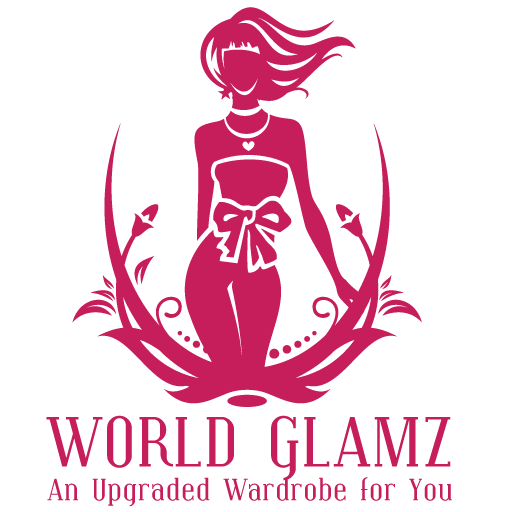L’Oréal’s Sale Consumer Products and Dermatological Beauty businesses saw a sharp increase in the first quarter of 2024, attributed to their “stellar performances.”
For the three months ended March 31, the French cosmetics conglomerate’s revenue increased by 8.3% in reported figures and 9.4% like-for-like. This came to €11.24 billion.
Sales growth of 12.6% and 12.3% in North America and Europe, respectively, more than made up for a slowdown in Chinese tourists’ purchases.
North Asian sales decreased 3.9% reported and 1.1% like-for-like.
According to Nicolas Hieronimus, CEO of L’Oréal, “continued double-digit growth in Europe, coupled with ongoing strength in emerging markets more than offset the only gradual recovery in north Asia.”
“The exceptional achievements in mass and dermatology offset the temporary difficulties in luxury.”
With organic sales up 21.9% to €2 billion, Dermatological Beauty had double-digit growth for the fifteenth consecutive quarter.
According to an L’Oréal statement, the division’s growth was 1.6 times higher than that of the dermatological beauty market, “a clear vindication of its successful growth strategy.”
Thanks to the brand’s new molecular Mela B3 franchise for localized pigmentation concerns, La Roche-Posay was the division’s top sales driver (shown above).
Additionally, CeraVe “advanced strongly” both domestically and abroad thanks to the success of its viral Super Bowl advertising starring Michael Cera.
With a new fictitious rom-com film, the dermatological brand is capitalizing on the success of its Super Bowl commercial.
Vichy’s Skinbetter Science and Dercos brands, which did well in the US and Canada, also contributed to the growth in sales.
According to an L’Oréal statement, “the division’s key strengths are its unrivalled R&I backbone and ever-increasing medical leadership.”
Thanks to the brand’s new molecular Mela B3 franchise for localized pigmentation concerns, La Roche-Posay was the division’s top sales driver (shown above).
Additionally, CeraVe “advanced strongly” both domestically and abroad thanks to the success of its viral Super Bowl advertising starring Michael Cera.
With a new fictitious rom-com film, the dermatological brand is capitalizing on the success of its Super Bowl commercial.
Vichy’s Skinbetter Science and Dercos brands, which did well in the US and Canada, also contributed to the growth in sales.
According to an L’Oréal’s sales statement, “the division’s key strengths are its unrivalled R&I backbone and ever-increasing medical leadership.”

Where else did L’Oréal gain wins in the quarter?
The other big performer for the quarter was L’Oréal’s sales Consumer Products Division, which had double-digit growth of 11.1% to €4.2 billion.
All of its regions contributed to growth, and each of its core categories advanced by double digits.
This includes Mexico, Brazil, and Indonesia, three rising markets, as well as a “strong” start in Europe.
Launches such as Maybelline New York’s Superstay Lumi Matte foundation and L’Oréal Paris’s Panorama mascara contributed to a “significant” increase in the makeup industry.
Additionally, NYX Professional’s Makeup Duck Plump lip gloss generated a lot of business because it featured rapper Cardi B in the brand’s inaugural Super Bowl commercial.

The division’s fastest-growing sector was hair care, with L’Oréal Paris Elvive sales “soaring” as a result of the popularity of its shine-focused routine, Glycolic Gloss.
Accelerated sales of skin care products were also driven by demand for L’Oréal Paris’s Bright Reveal dark spot treatment and Garnier’s Vitamin C Daily UV fluid serum.
The expansion of the mass-medical brand Mixa in Europe was also highlighted.
According to an L’Oréal statement, “volume growth remained positive and value growth, combining price and mix, was robust.”
“Developing the division’s premiumization and democratization strategy even further.”
How did L’Oréal’s sales other divisions perform?

The Luxe Division of L’Oréal saw slower-than-expected growth in sales, rising 1.8% to €3.8 billion.
Despite the division’s strong growth in North America and Europe, “softness” in North Asia somewhat offset this.
“In this area, the division faced challenges due to an unfavorable comparison base in travel retail and slow market expansion in mainland China, where L’Oréal Luxe maintained its lead in growth,” the company said in a statement.
The most “dynamic” sector in the division was fragrance, which exceeded the market because of the couture labels Prada, Valentino, and YSL Beauty.
The singer Dua Lipa-fronted Loveshine lipstick line from YSL contributed to the division’s comeback to double-digit increase in makeup sales.
This introduction was a part of the brand’s larger strategy to rule the high-end makeup market.
Urban Decay’s new Face Bond product and Prada’s debut makeup line both improved the group’s positioning.
Takami, which is being progressively introduced throughout North Asia, contributed to the growth of skin care sales in addition to YSL Beauty’s “notable” performance.

Meanwhile, L’Oréal’s sales Professional Products Division had “robust” growth to €1.2 billion, up 10.7% like-for-like.
One of the main causes of the rise has been attributed to the company’s focus on expanding its omnichannel strategy, which includes boosting e-commerce and increasing its in-salon brand presence.
In addition, there have been “outstanding performances” in the UK, Brazil, mainland China, and North America.
According to an L’Oréal’s sales statement, “this included a positive phasing impact ahead of the implementation of new IT systems in North America, which accounted for slightly less than half of the division’s total growth.”
Because of the continued demand from consumers for high-end items, hair care was the main focus.
Bestsellers includedL’Oréal’s sales Professionnel’s Absolute Repair Molecular and Metal Detox, Redken’s Acidic Colour Gloss, and Kérastase’s Première.
Sydney Sweeney, star of Euphoria, was also named as Kérastase’s global ambassador to aid in the brand’s further growth.
Sales in the hair color segment were also boosted by L’Oréal Professionnel’s relaunch of Diacolor and Redken’s Shades EQ.
The division is pushing limits, according to an L’Oreal statement.
“Offering new services to hairstylists with K-Scan, the newest beauty tech device from Kérastase that uses artificial intelligence to diagnose and scan conditions of the hair and scalp.”

